There is only one way to get into your Pierce Tower dorm room. Check in at the front desk and move up the atrium steps. What looks like the original 1960s tile on each landing is now patched up with stripes of grip tape, which wear out quickly. At the top of these steps, take a right and cross the breezeway, a wide hallway full of furniture potentially clean enough to be salvaged before the building’s scheduled demolition at the end of this academic year. The elevators take turns breaking down, so you pass those and climb more stairs, to the fifth floor. Walk down the East hallway, whose carpet is more stain than fabric and through a comically skinny door. Never try to understand this door. It just is five inches too skinny for a normal door. Enter the lounge, which used to be white and gaping, furnished with living room couches and lamps, like a homey squash court. Since sliced in two by the installation of a second story, the other half is vaulted like a sad cathedral. Say a prayer for sunlight and walk on to the West hallway. Your room is the first on the right, and your door displays its number and its occupants. You turn the knob, and it doesn’t open. You put your weight against the wood, and it’s still stuck. Your shoulder hurts, you’re attacking this door, which is never locked, but it just will not budge.
“The doors were fit relatively tightly. If the door was closed, you could wedge a penny between the door and the jamb. So you could ‘penny’ someone into their room with a penny, or two.” I’m speaking with Sidney Huttner (A.B. ’63, A.M. ’69), a recent retiree from the Special Collections library at the University of Iowa, and the Resident Head (RH) of Henderson House from 1968 to 1980. He figures he’s probably the resident who lived in Pierce Tower the longest, counting the time he spent here as assistant RH for Shorey, from 1961 to 1963. The ‘Pennying-in’ prank was invented by the Tower’s earliest residents, and it rendered a door stuck from the outside. “It was a way of a person tormenting another person. Some of these disputes were humorous and got more serious, and some of them were serious and got more humorous.”
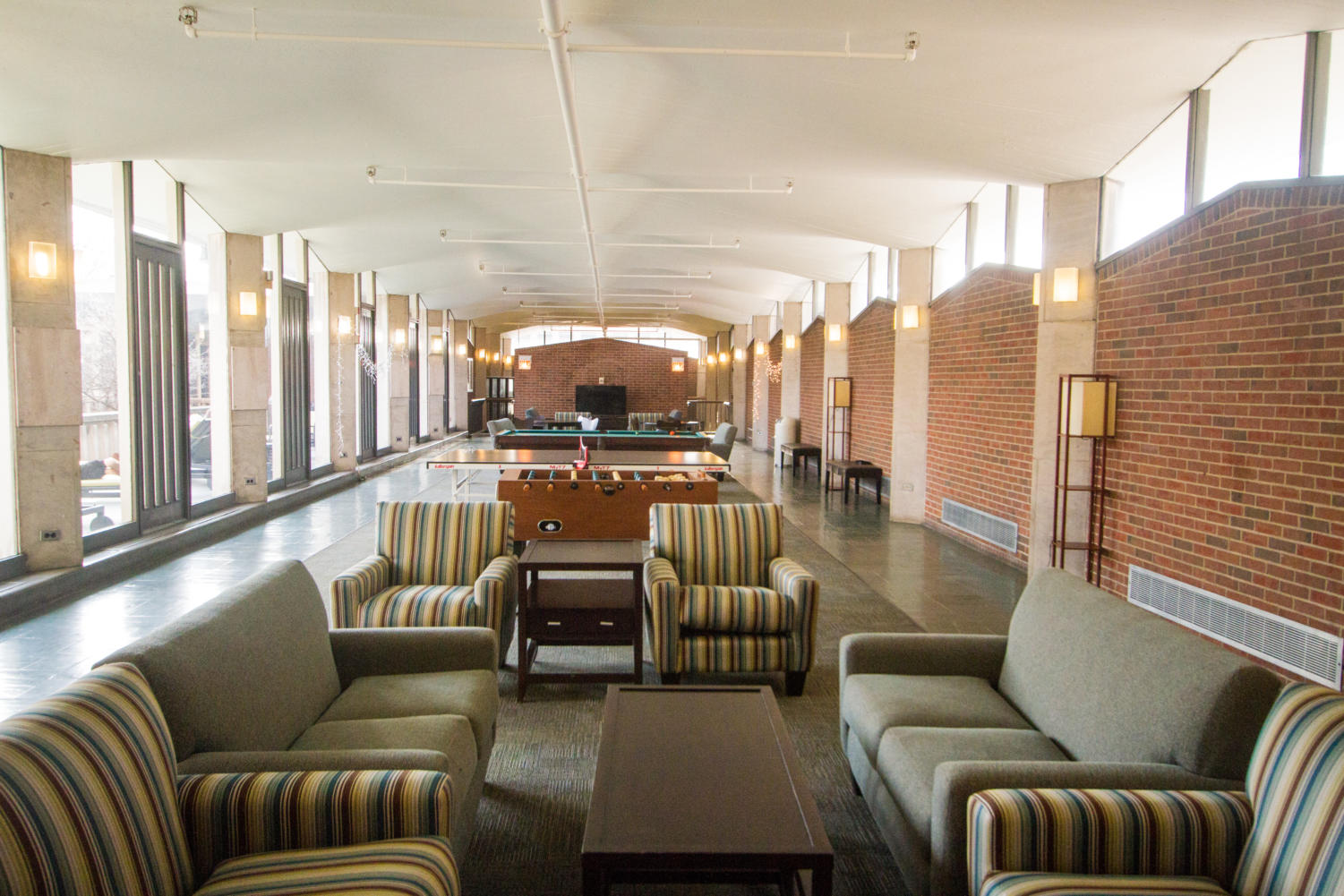
There is a lot to explain. The beginning: In 1960, Pierce Tower was erected, and in 1961 it was filled with young men. It was designed by architect Harry Weese to fit groups of 60 to 80 students into each of four Houses—Tufts, Henderson, Thompson, and Shorey, in order of altitude from lowest to highest. Each house was allocated two of the eleven floors with a ring of double and single rooms on each floor circling a two-story lounge and kitchen area to be maintained and controlled by each house’s House Council.
The inaugural Henderson House Council of 1961 met once a week to discuss life and logistics, establishing a precedent that continues to this day. Each meeting’s minutes were typed up, copied, and distributed by the secretary, usually posted above the urinals on gauzy mimeograph paper, sometimes on a papyrus-like brown scroll. The position of secretary wasn’t prestigious at the time. David Watson (X ’73), house member from 1969 to 1973, carried the title despite leaving the dorm after only a year. Paul Freier (A.B. ’76, M.D. ’80), who lived in Pierce all of his four years remembers being stuck in the job: “Once I started, I doubt there were many contested elections.” There was nothing of great import in their day-to-day duties. In fact, most of the business was (and continues to be) excruciatingly mundane.
But what Watson and Freier wrote down is special, if only for contributing to Pierce’s now vital recorded history: Henderson House Council minutes from 1960 to 1980, along with a surprising array of other artifacts and ephemera, are today preserved and available for study in the Special Collections Research Center.
I never expected these records to have an effect on me, aside from feeding the nostalgia I now feel in the wake of Pierce’s imminent demolition. I was elected President of Henderson at the beginning of this year, a position from which I’ve been somewhat delinquent. The week following my election I was absent from the meeting, and I’ve missed upwards of two meetings a quarter since, fully 20 percent of my obligation. Until recently, I’d told my housemates honestly, “I’m sorry, but you voted for me, there’s nothing you can do. We have no constitution, so my conduct is unimpeachable.” Then my RH found our house records.
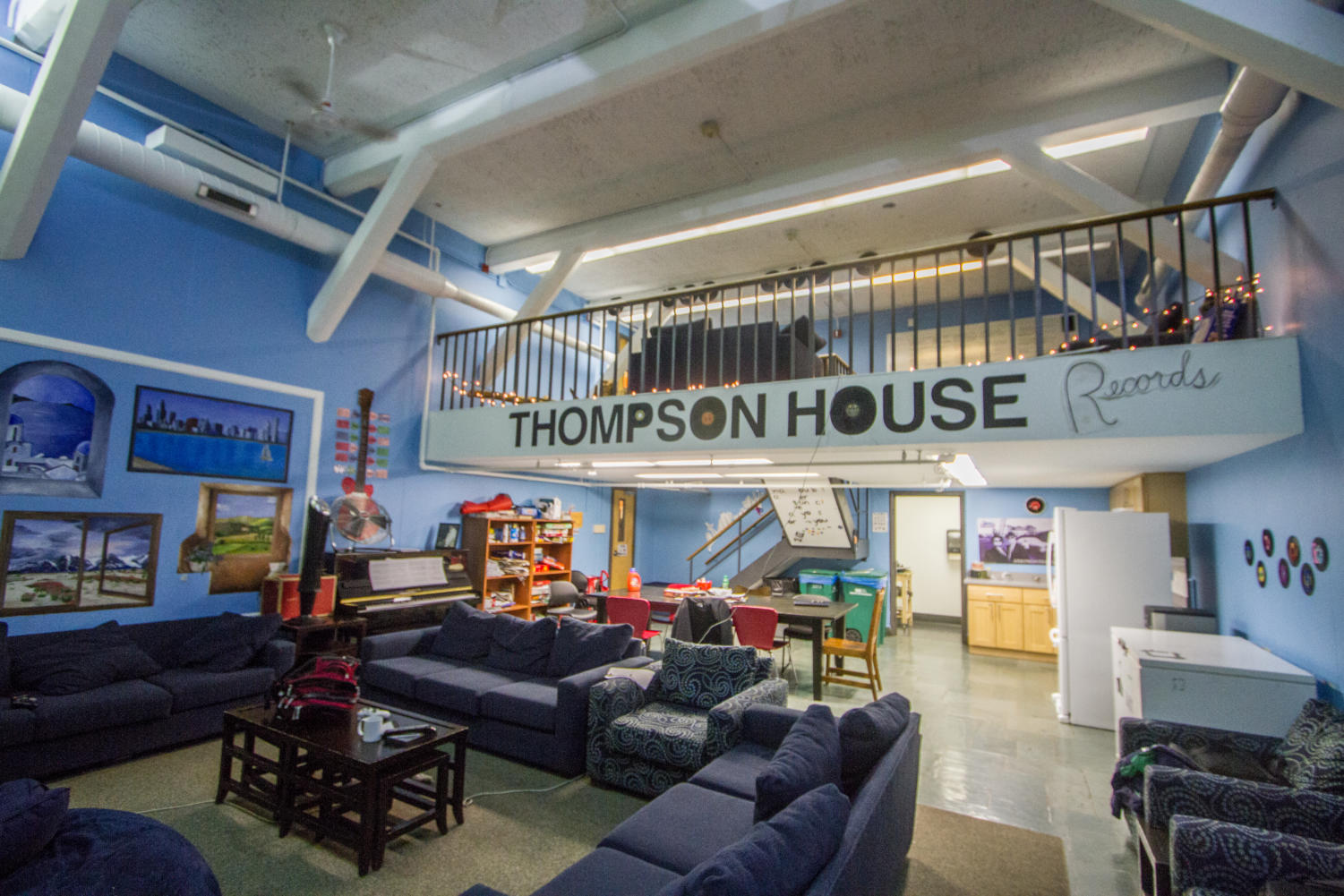
The origin of this treasure trove of history is as simple as it is inexplicably serendipitous. Huttner, or Sid as the old Pierce boys called him, was fresh out of UChicago’s graduate Philosophy program when he decided that he wanted a career that “stayed within academic institutions.” In 1969, he jumped into second-in-command of the Special Collections Research Center, which was then in the process of transferring its collection from Harper Memorial Library to the new Regenstein. In 1980, he left for a position in Special Collections at Syracuse University, but he left behind a neglected legacy. “I was keenly aware of how little had been saved about the house system,” he says. “So over my 12 years I tucked away what I could and put it into archives as I was leaving in 1980. And there, I guess, it remains.”
The voice the records preserve most pervasively is that of the house secretary, given free reign to document as he or she pleased. Watson, who signed his full name at the foot of all his notes, was brashly playful and impressionistic. He wasn’t so concerned with conveying information as he was with transmitting a feeling, usually one of exasperation with the bureaucracy of house governance. In winter of ’71 he wrote an homage to Br’er Rabbit on the topic of the cultural subsidy the house was discussing. In spring he sent out an envelope full of ticker tape, each piece with half an agenda item on it. By autumn, there are weeks he simply typed “whatafuckingmess” in free form for three pages. But all the while he had at least half an eye on history. On Sunday, October 10, at the beginning of his second year as secretary, he acknowledged that the notes from the past decade’s meetings were in Sid’s apartment, which new residents could read at their leisure if they wanted “an interesting, if somewhat fanciful history of the house.” But on the phone in 2013, he expresses surprise at the preservation of his own writings after so many years.
There was a period of time, between learning of the archives and realizing how special they are, that I felt guilty for not having contributed fresh material. I frantically solicited photographs and memorabilia from all members of the house. We owe interest and drama to the continuing record of this grand institution, I thought. We are at least as historically important as our forefathers. But it turned out that the archives were a fluke, a benevolent coincidence of people and place; the Henderson of 2012–2013 has little to contribute to the memory of the Henderson of 1960–1980.
Even so, there are remnants of inherited tales and traditions. Civil war in Henderson house tended to split along its most obvious lines. From the beginning, the fifth and sixth floors had a mysterious enmity between them, which continues in the current age. Watson suggests it might be that the RH apartment is on the fifth floor, so those residents are offered less opportunity for boldness and daring. It might also be because there were more pot smokers on the sixth. Whatever the cause, from the mid-60s on, the sixth floor consistently agitated for independence from the lower half of the house. In 1963, the separatist movement announced itself quietly. Unrest flared again in 1965, this time with a full-blown manifesto. But the seceded state’s borders were limited to “Room 1620 (the left half).” By 1971, the sixth floor liberation front was legend and awaiting a proper history from Watson.
Sid offered a solution to the rivalry in the form of an essay contest, to the prompt “Is the 5th or 6th floor more consistently ingenious or ingenuous?” he received only two responses, but their passion made up for their low number. One was a scroll of parchment, covered half in “no”s and half in “therefore”s. The other was titled “Nearer My God To Thee.”
There are also two memorable house traditions that started post–Special Collections archiving, though their commencements predate my tenure. On birthdays at midnight, Hendersonians hunt down the house member and force him or her into one of the communal showers, in which he or she must remain under the water with his or her clothes on for the duration of the Happy Birthday song. This results in a thorough drenching for whoever is celebrated and a minor tangential soaking when the birthday kid retaliates, chasing the original kidnappers through the halls.
Our other custom is written into our house record, which we now e-mail rather than post. During every house meeting, we offer three awards: the Wombat, the Flombat, and the Flasey. The Wombat is our mascot, and it represents supreme victory. The Flasey is a misspelling of False, and it is awarded for the week’s worst failure. The Flombat is a combination of the other two, given to the person whose single action or event embodied both success and failure. The best example I can offer is my roommate’s Flombat last year: He placed a glass bowl full of water on the stovetop, not understanding that it would shatter. It did, but he wasn’t in the room with it when it happened. He saved himself from flying shards, by forgetting a key ingredient he had been planning to boil. Because his injury was averted by his forgetfulness, we gave him a Flombat.
I’m reaching for a connection to this mythology since today’s residents haven’t upheld the rambunctious boys’ club atmosphere. Our current traditions must have replaced the old ones sometime in the years after the archives ended. Not once in the two archived decades did anyone forcibly shower anyone, at least not in a way that merited Council attention. There were yearly awards given, including a rather nice one dedicated to a former housekeeper, but no weekly celebrations of excellence or disappointment. And there’s no mention in the archives of any house mascot, let alone a Wombat.
I want to tell every story. I haven’t even mentioned the Talent Show drag plays or the coffee hour with Milton Friedman. I haven’t told you about the letter to Facilities Services, thanking them for retrieving the Henderson football from the roof of the Regenstein. I haven’t told you about the letter from a first-year entering the house, who later became the leader of a cult. These are minor episodes in the lives of mostly normal, unremarkable people, but with the demolition crew on its way, with my tenure as president coming to an end, I’ve realized there’s nothing more precious or legendary than the exploits of a few bored and horny undergraduates who happened to be assigned to Henderson House in Pierce Tower. And the whole story rests on the shoulders of Sid Huttner, a librarian with personal files he thought someone sometime might want to look at.
Sid remembers himself as a facilitator more than a leader. “I was only a member of the community. I can’t remember any serious issues I voted down,” he says. Others remember that he weathered with grace the councils who took their responsibility less seriously. “He was very laid back and patient with the adolescent idiocy,” Watson says. Sid served his term until spring quarter 1980. The last mention of his tenure is in the house notes some time in February, where a goodbye party is suggested. He isn’t mentioned again.
In his own folder, the last page he saved is a letter to a student, revoking their rights to play their stereo. Then: silence. An ominous, thirty-year silence, until now. He hasn’t kept up much with the students, and he doesn’t much dispute the decision to bulldoze the building. “Not much of a fight to be had. It was always a weird building,” he says. “The most responsible thing to do is to get rid of it.” But he’ll come back for the memories, if only “to look at the hole in the ground.”
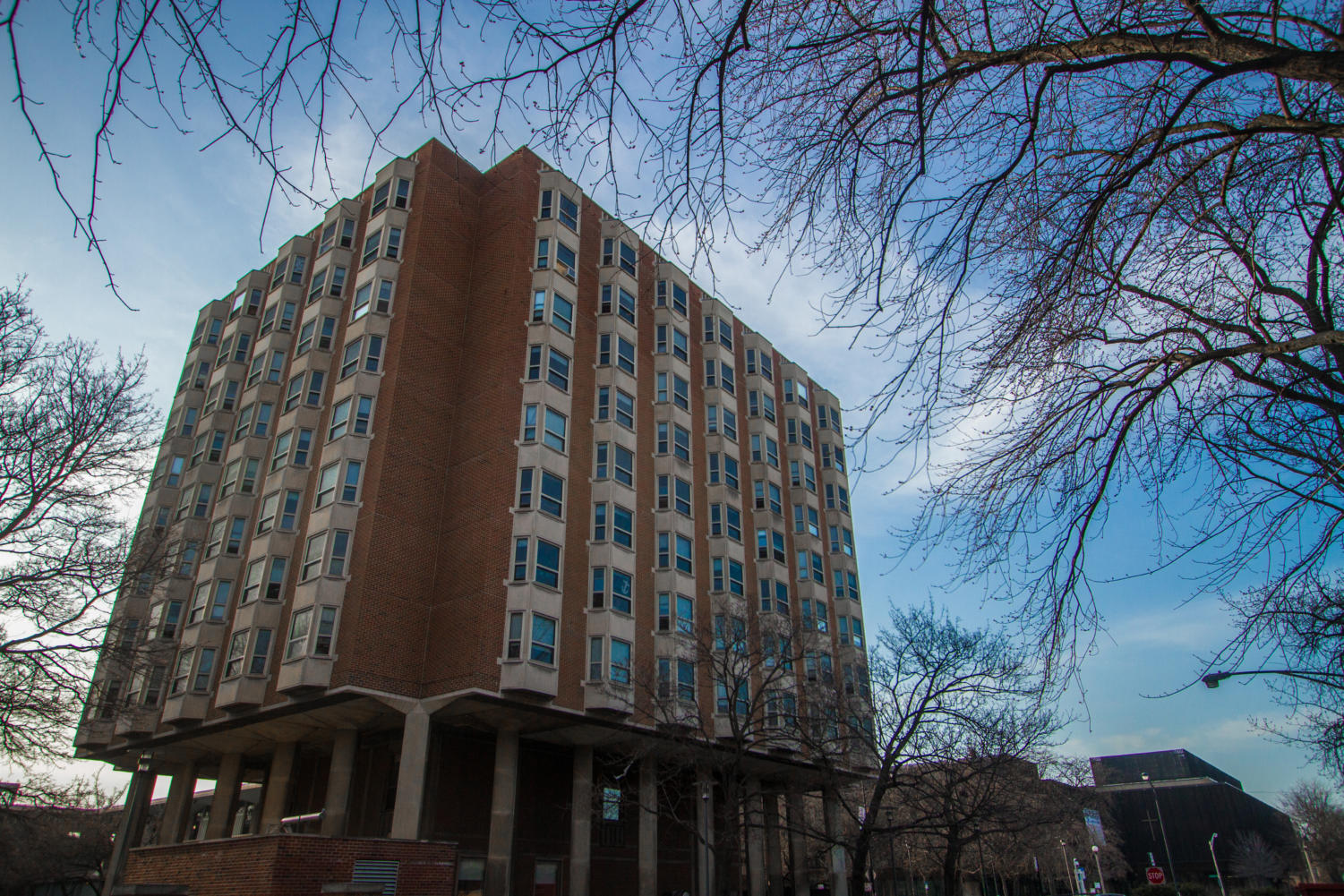 You open the door into your room. There are windows on three sides, you’re facing west, and the sunset is on its way. Remember what Watson said on the phone, about his room so long ago that you’re now experiencing for the last time. “You could go and put yourself out into the bay window,” he said. “And have this terrific view.”
You open the door into your room. There are windows on three sides, you’re facing west, and the sunset is on its way. Remember what Watson said on the phone, about his room so long ago that you’re now experiencing for the last time. “You could go and put yourself out into the bay window,” he said. “And have this terrific view.”



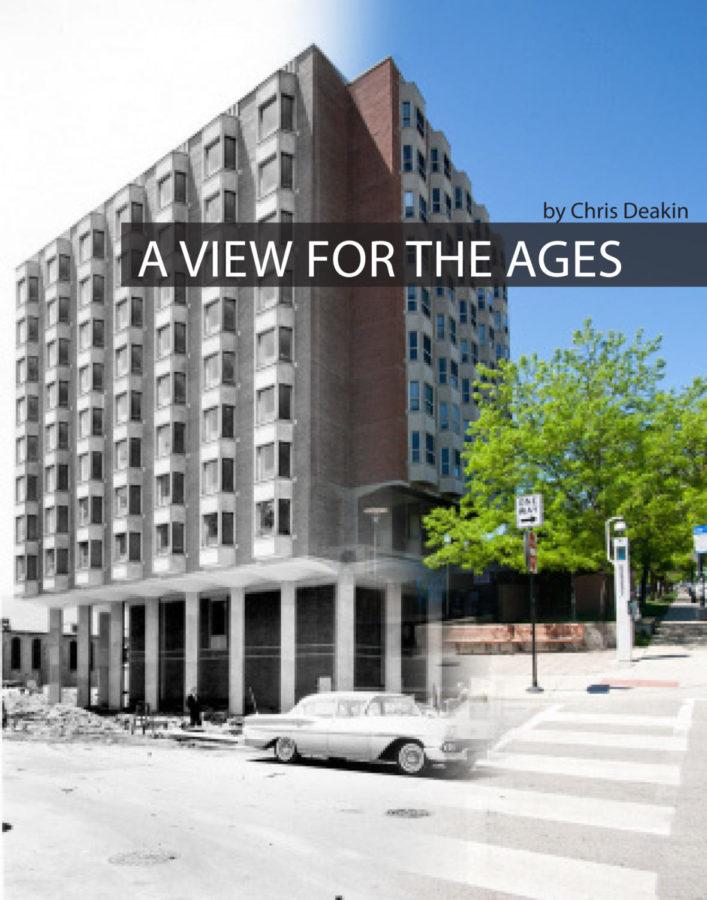
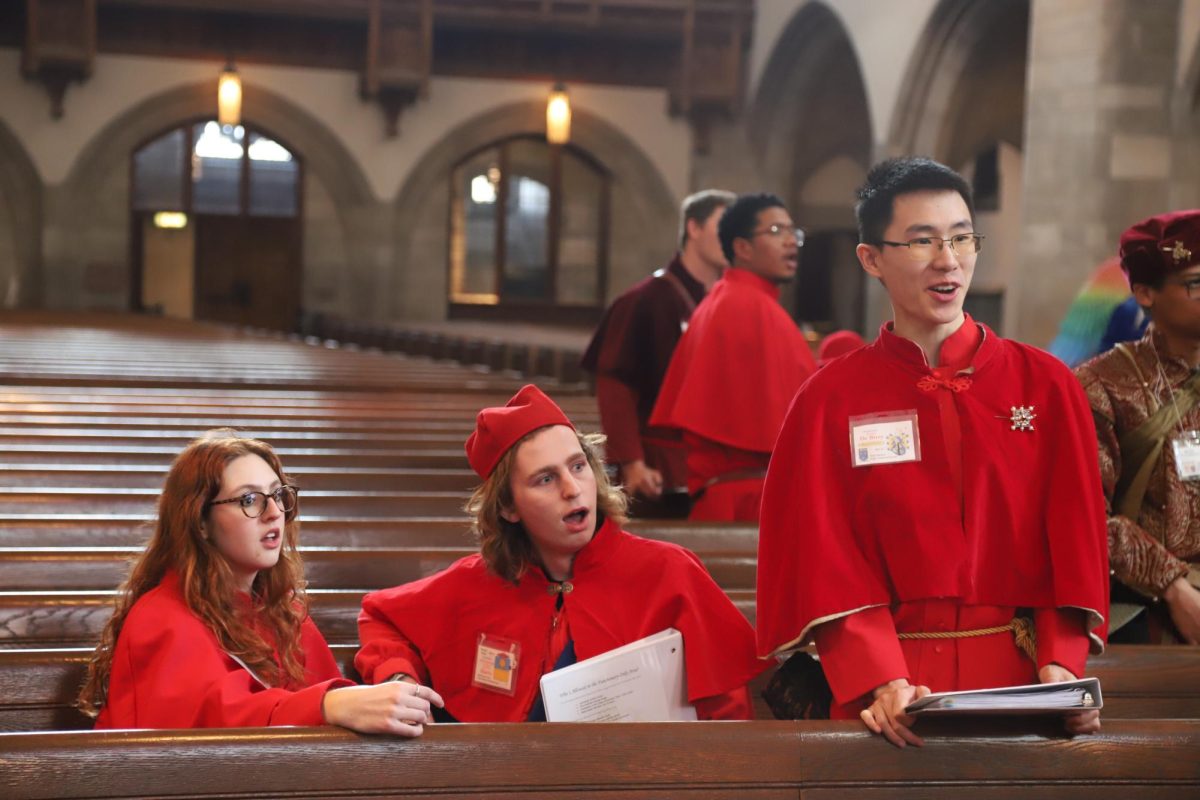


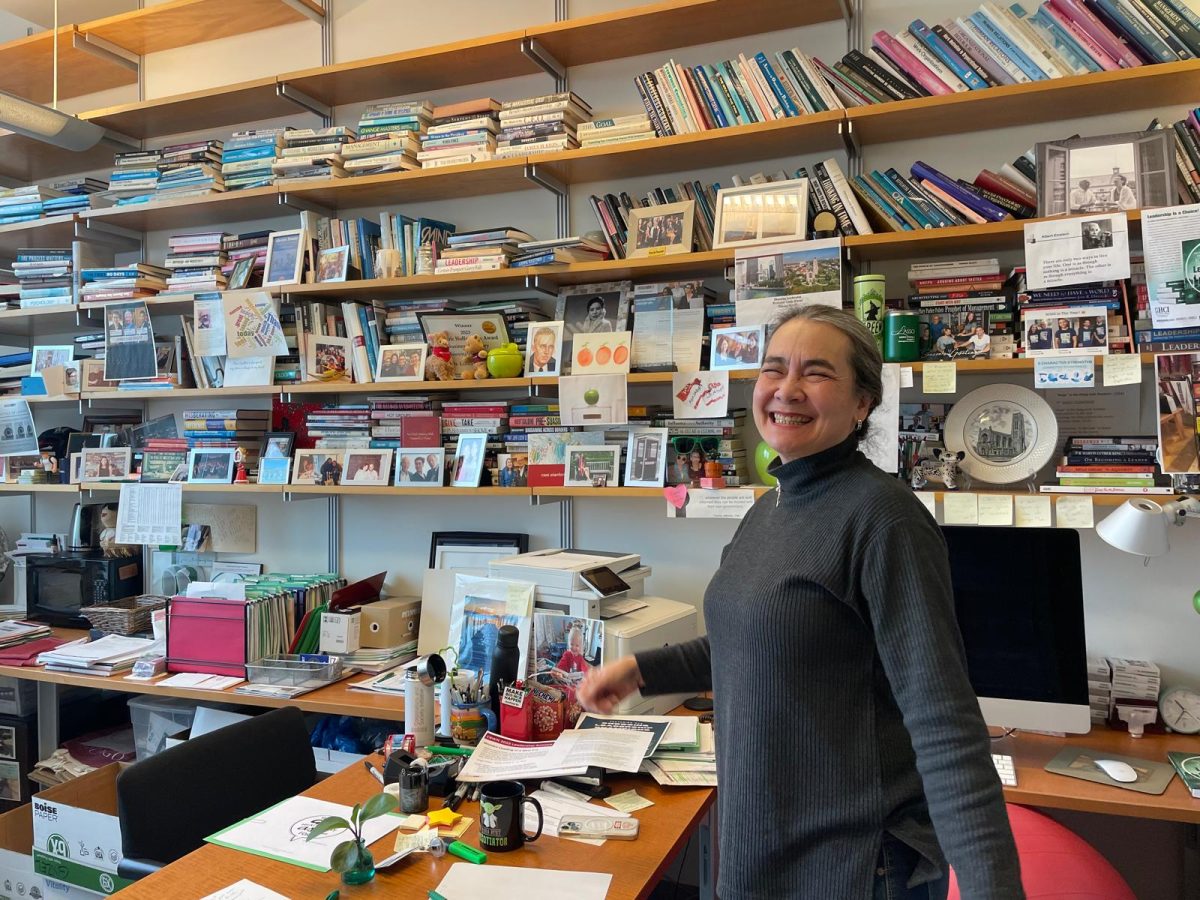


Lennart Johnson / Sep 15, 2023 at 9:36 pm
I lived in Thompson House, 7th floor in 1974 and 1975. When I met my assigned roommate, his first action was to remove one of the screens from the window. He wanted to use it to strain his pot. We left that screen off the whole time we lived there and at least another Thompsonite and a Shoreyite barged into our room in the very early morning and threw things out the window. One was a typewriter that became inoperable while the student was writing a paper and the other was two fluorescent bulbs taken from the study room on our floor. The typewriter keys were made into a mosaic by the owner.